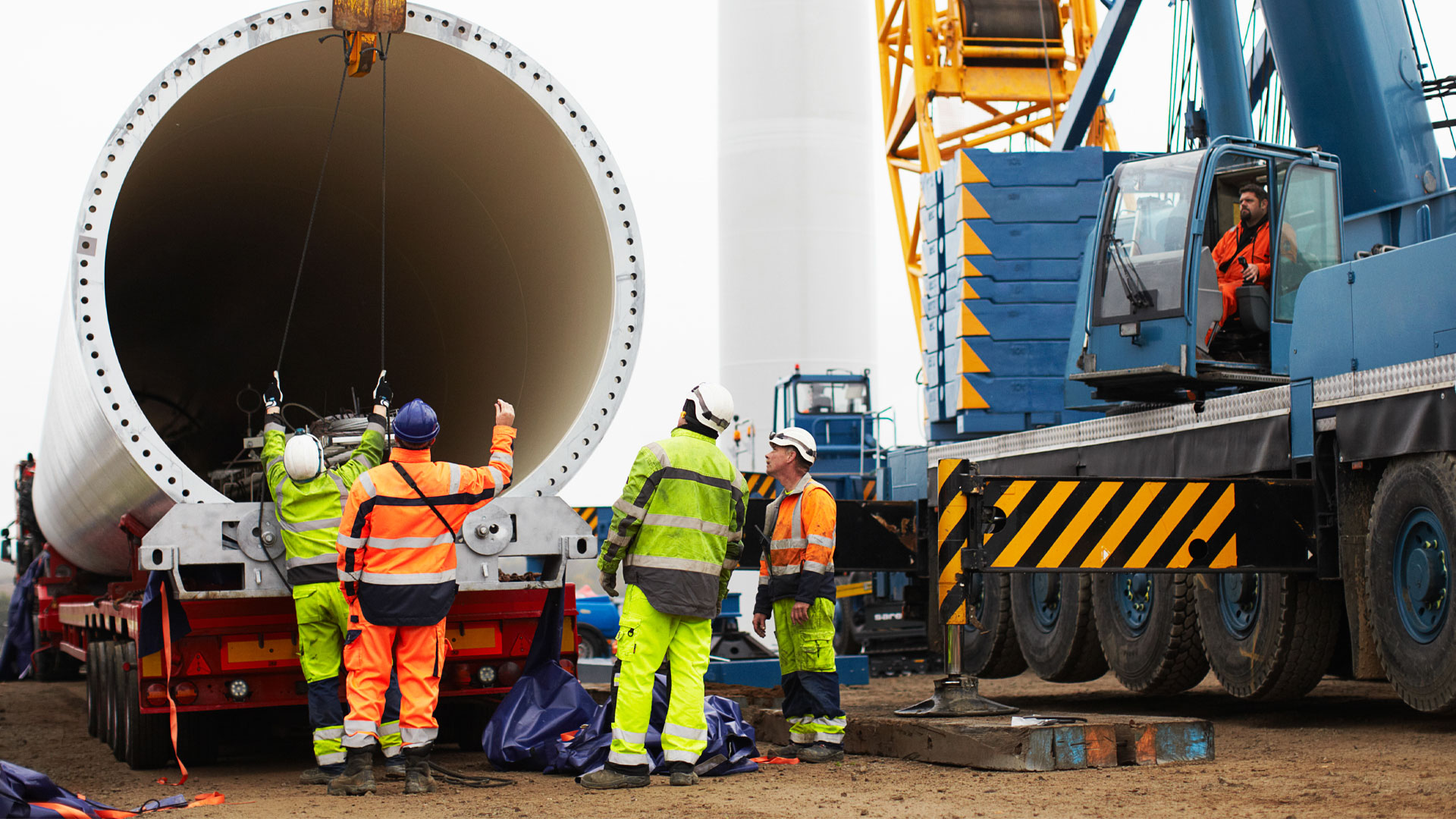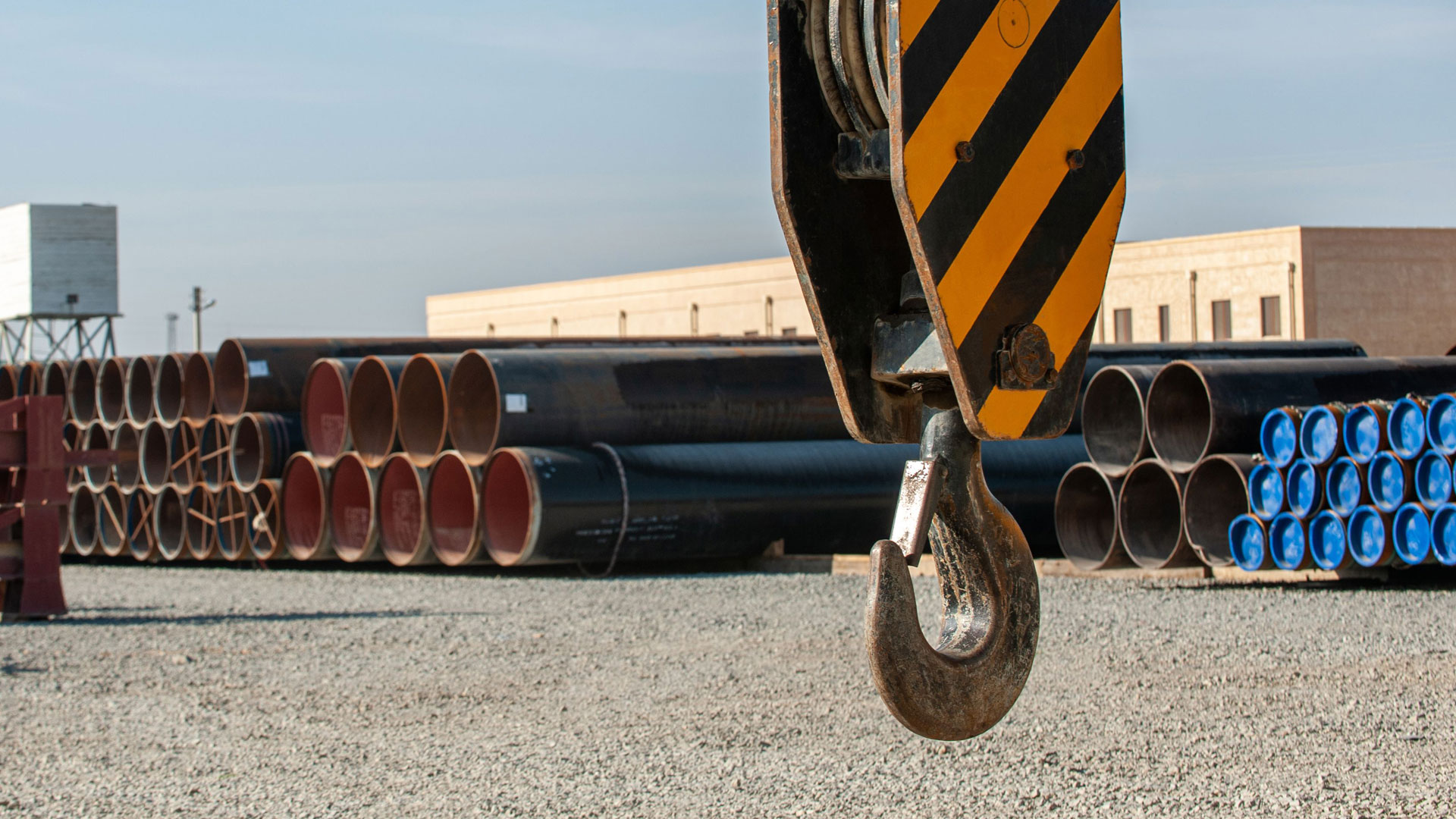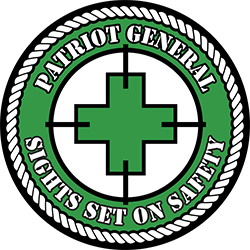The importance of using proper lifting and rigging techniques cannot be overstated, particularly when it comes to ensuring crew safety. Handling heavy equipment and materials, often in challenging and confined environments, demands meticulous attention to correct procedures to prevent accidents and injuries. Employing appropriate lifting and rigging methods minimizes the risk of load shifts, equipment failures, and potential hazards to workers. Proper training in these techniques fosters a culture of safety, ensuring that crew members are well-versed in identifying risks, using the right tools, and executing tasks with precision. This not only protects the physical well-being of the crew but also enhances operational efficiency, reduces downtime due to accidents, and upholds the integrity of the entire project.

Always be aware of what your surroundings are when working on a construction site and operating heavy machinery. It is the key to safety. Mistakes can be easily made when you do not know who and what is all around you.
Rigging Safety
Rigging involves lifting and transporting huge goods with cranes, hoists, and other machinery. Rigging is crucial to ensuring worker safety and load integrity. Rigging can be dangerous, necessitating correct training, equipment, and procedures to prevent mishaps. Here are seven guidelines for safe and effective rigging:
Have proper training
Rigging is a professional trade that necessitates thorough training and expertise. Workers involved in the rigging operation must obtain sufficient training to ensure they are aware of the hazards and know how to use the equipment properly. Classroom instruction and hands-on training are both necessary for proper training.
Inspect your equipment
Before beginning any rigging operation, inspect all equipment, including slings, shackles, hooks, and other gear, to verify they are in good working order and free of damage or wear. Damaged equipment can cause equipment failure and accidents. Any broken or worn equipment must be replaced immediately before beginning the rigging operation.
Prepare & plan
Proper planning and preparation are essential for a successful and safe rigging operation. This includes choosing the appropriate equipment, calculating the weight of the cargo, and recognizing any risks or barriers that may delay the procedure. The rigging strategy must be communicated to all participants in the operation, and everyone must understand their role and duties.
Use proper procedures & techniques
Proper rigging procedures are critical to ensuring worker safety and load integrity. Appropriate approaches include suitable sling angles, rigging attachments, and load balance. Improper practices can lead to accidents, equipment failure, and load damage.
Follow safety guidelines
All rigging activities must adhere to safety norms and standards established by municipal, state, and federal authorities. These regulations apply to the selection, usage, and operation of equipment. Following safety requirements is crucial to ensuring personnel’ safety and the load’s integrity.
Use correct PPE
Personal protection equipment (PPE) is required for any rigging activity. PPE consists of hard hats, safety glasses, gloves, and fall protection equipment. Workers in the rigging process must wear appropriate PPE to protect themselves from hazards such as falling objects, wounds, and burns.
Monitor continuously
Continuous monitoring of the rigging process is required to maintain worker safety and the integrity of the load. This includes monitoring the load and equipment during rigging and shipment. Any deviations from the rigging design must be corrected immediately to avoid mishaps.

Anytime equipment is used, it should be thoroughly inspected. Making sure that there aren’t any areas that are damaged, missing, or not in the right place. Even during use, the machine should be inspected periodically. This is going to help ensure that it is being used in the safest way possible. A piece of equipment that has problems poses a bigger risk of injuries to the operator or the people standing by.
Additional Important Steps
- Always keep your load balanced
- Always inspect your loads thoroughly
- Make sure the people you are working with are qualified
- Always remove machinery with technical difficulties
- Make sure no people are in the vicinity of your task
- Always have a spotter to assist you
- Never leave loads suspended
- Know the weight limits of the rig
- Know the boom length of the rig
- Know the radius of the rig
- Be knowledgeable about the number of legs
- Be aware of the maximum angle capability
- Use durable and strong slings





